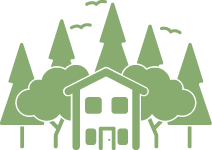Rewilding the Suburbs
With extensive yards, parks, and buffers, the suburbs offer many ways to bring back nature and rewild large portions of Chester County.

Native Plant Use
Native plants easily fit into the natural environment, providing habitat for native animals while needing little maintenance and the associated energy costs.
Action: Municipalities can require native plantings in new development through their subdivision and land development ordinances. Learn More
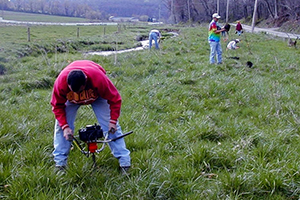
Stream Corridor Restoration
Restoring stream corridors with stabilized banks and new wooded buffers protects water quality, reduces flooding, and limits erosion.
Action: Municipalities can work with local conservancies and nonprofits to restore streams on properties they own, while also requiring developers to restore streams on properties they are developing. Learn More
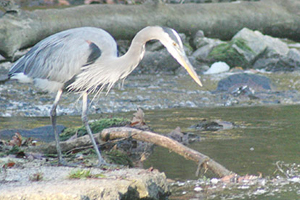
Natural Feature Protection
As a first step in rewilding, it is critical to protect existing wetlands, forests, steep slopes, and waterways. Protecting these natural areas improves property values, reduces flooding, filters pollutants, protects habitat, and improves health.
Action: Municipalities can protect these features through their zoning and subdivision and land development ordinances.
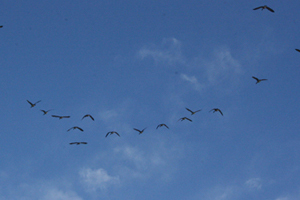
Bird-friendly Windows
Bird-friendly windows make it easy for birds to avoid crashes and protect bird populations.
Action: Municipalities can require these types of windows through their building codes. Learn More

Forest Restoration
Forest restoration improves property values, reduces flooding, filters pollutants, protects habitat, provides shade, and reduces erosion.
Action: Municipalities can work with local conservancies and nonprofits to restore forests on properties they own, while also working with developers and homeowners' associations to reforest open space in developments. Learn More
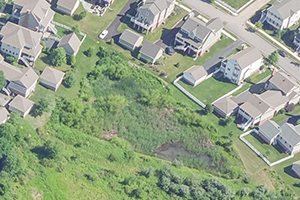
Naturalized Stormwater Facilities
Stormwater facilities that mimic nature with natural plantings, meandering water courses, and recharging opportunities improves water quality, groundwater supplies, and flood protection.
Action: Municipalities can require naturalized stormwater facilities in new developments through their subdivision ordinances and can retrofit existing stormwater basins that they own. Learn More
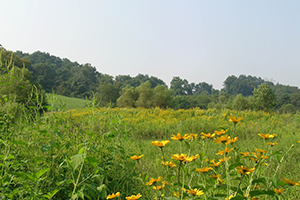
Open Space Management
Proper stewardship of municipal open space, which includes infrequent mowing, removal of invasive species, and erosion control, will help protect water quality and animal habitat.
Action: In addition to good stewardship of their own open space, municipalities can require developers and homeowners' associations to create open space management plans. Learn More
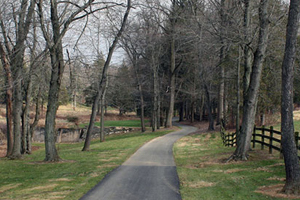
Greenways
Greenways connect open space areas, provide corridors for wildlife, and boost the health of open space nodes.
Action: Municipalities can preserve greenways during the land development process, making sure that open space lands are connected. Learn More
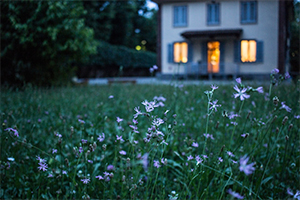
Low-maintenance Lawns
Lawns that need infrequent mowing, few pesticides and herbicides, and limited watering help the environment by using less energy, improving water quality, and supporting wildlife.
Action: Municipalities can support these naturalized lawns by relaxing their property maintenance codes. Learn More
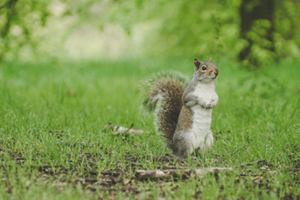
Backyard Wildlife Sanctuaries
Birds, amphibians, butterflies, and other wildlife can thrive in backyards that are designed for their needs.
Action: Municipalities can support backyard sanctuaries through their maintenance codes. Learn More


